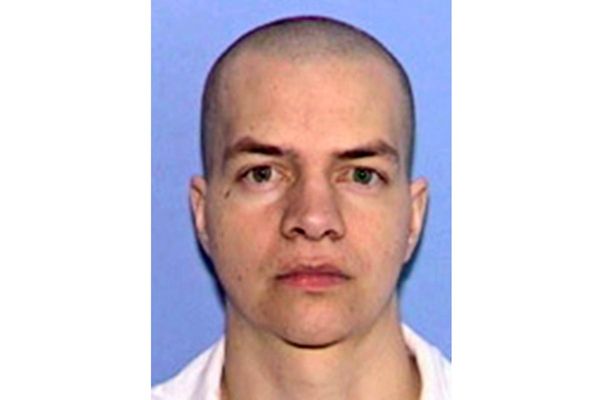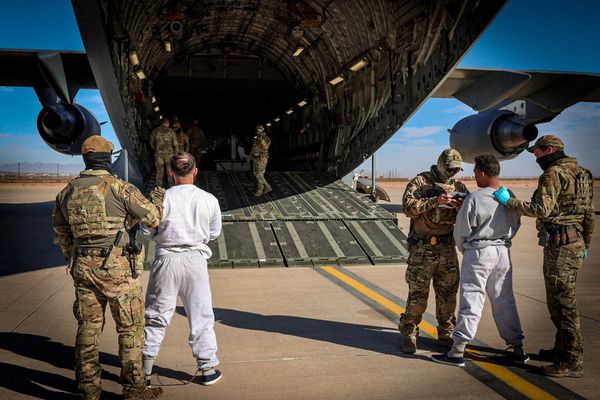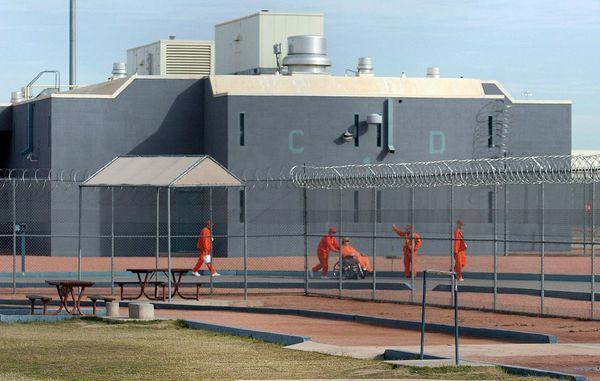Australia's unemployment rate has fallen to 3.9 per cent, even though only 4,000 new jobs were created in April.
It is the first time in the history of the monthly unemployment data — which goes back to 1978 — that the jobless rate has fallen below 4 per cent (when rounded to one decimal place).
"The last time the unemployment rate was lower than this was in August 1974, when the survey was quarterly," noted Bjorn Jarvis, who heads labour statistics for the Australian Bureau of Statistics (ABS).
A revision to the March figures means the drop to 3.9 actually occurred then, when unemployment was originally recorded at 4 per cent.
The ABS figures show workforce participation eased slightly to 66.3 per cent, driving most of the decline in unemployment.
Underemployment drops to pre-GFC levels
In better news, the underemployment rate fell again from 6.3 to 6.1 per cent, which is the lowest underemployment rate since September 2008, as the global financial crisis was just starting to buffet Australia.
"There were actually 92,000 full-time jobs created and 88,000 part-time jobs lost," NAB economist Ivan Colhoun told ABC News Channel.
Hours worked also jumped 1.3 per cent last month, reflecting not only a decline in underemployment but also the easing of flood conditions in Queensland and New South Wales last month.
"The number of people working fewer hours than usual due to bad weather dropped from its March peak of over 500,000 to around 70,000 people in April," Mr Jarvis observed.
However, the number of people working reduced hours due to illness continued to remain unusually high, reflecting ongoing disruptions caused by the Omicron variant of COVID-19.
"Of these people, around 340,000 worked no hours, which was around triple what we would usually see."
'No spare capacity'
KPMG senior economist Sarah Hunter said the combination of weak jobs growth and rising hours worked indicate that there are simply very few suitably qualified workers left without a job.
"The economy is now effectively operating with no spare capacity," Dr Hunter argued.
"Despite job adverts remaining at record highs and a higher-than-average proportion of businesses looking to bring people on, employment increased by just 4,000 over the month.
"This has pushed the underemployment rate down to 6.1 per cent, but labour shortages have become a binding constraint in many sectors."
Dr Hunter said this should mean workers soon start seeing bigger pay rises as employers compete for their services.
"Given the continued strength in demand and limited additional domestic supply of workers (including the slow recovery in inward migration), it is likely that wages growth will accelerate from here," she added.
'Hard to find staff'
Brennen Stewart Allison is the head chef and manager at the Beach Hotel in Burnie, which sits within the marginal north-west Tasmanian seat of Braddon.
The pub has gone back to paying staff double time to get them to work on Sundays.
But, despite the extra incentives on offer, Mr Stewart Allison said it was still tough to find workers.
"It's quite hard to find staff at the moment. That's probably the biggest issue," he told The Business.
He wants the next government to invest in local training and get the long-term unemployed back to work.
"Let's push back against people that don't want to work and give them the chance, the training and the opportunity to get into the workforce," he said, adding, "but not make it so easy for them so that they can sit at home."
Larry De'Corso is one of the people who has recently secured a new job.
The Master of Social Work graduate was accepted into Headspace's early careers program after a few daunting months of looking for work last year.
"Yeah, to be honest, it was quite a stressful experience," they said.
"I feel really fortunate for having landed this role. Preventative mental health is such an important area."
As the job market tightens further, Larry De'Corso is feeling optimistic about their future employment prospects.
"In the field that I graduated from, there's such a high demand at the moment, it does look pretty positive," they said.
Despite rising to 8.8 per cent, seasonally adjusted, the youth unemployment rate (for people aged 15-24) is still sitting around levels last seen just before the global financial crisis.







